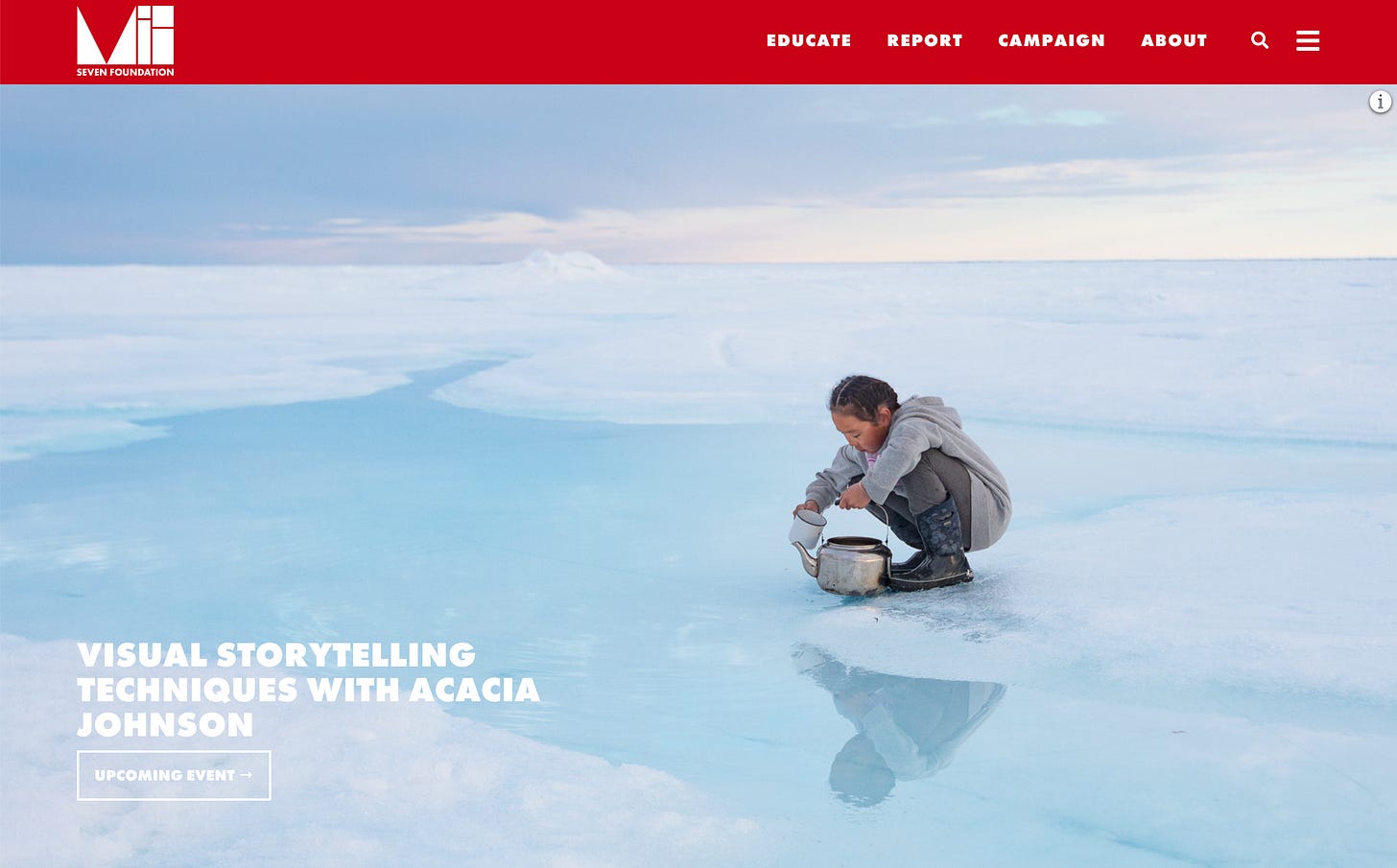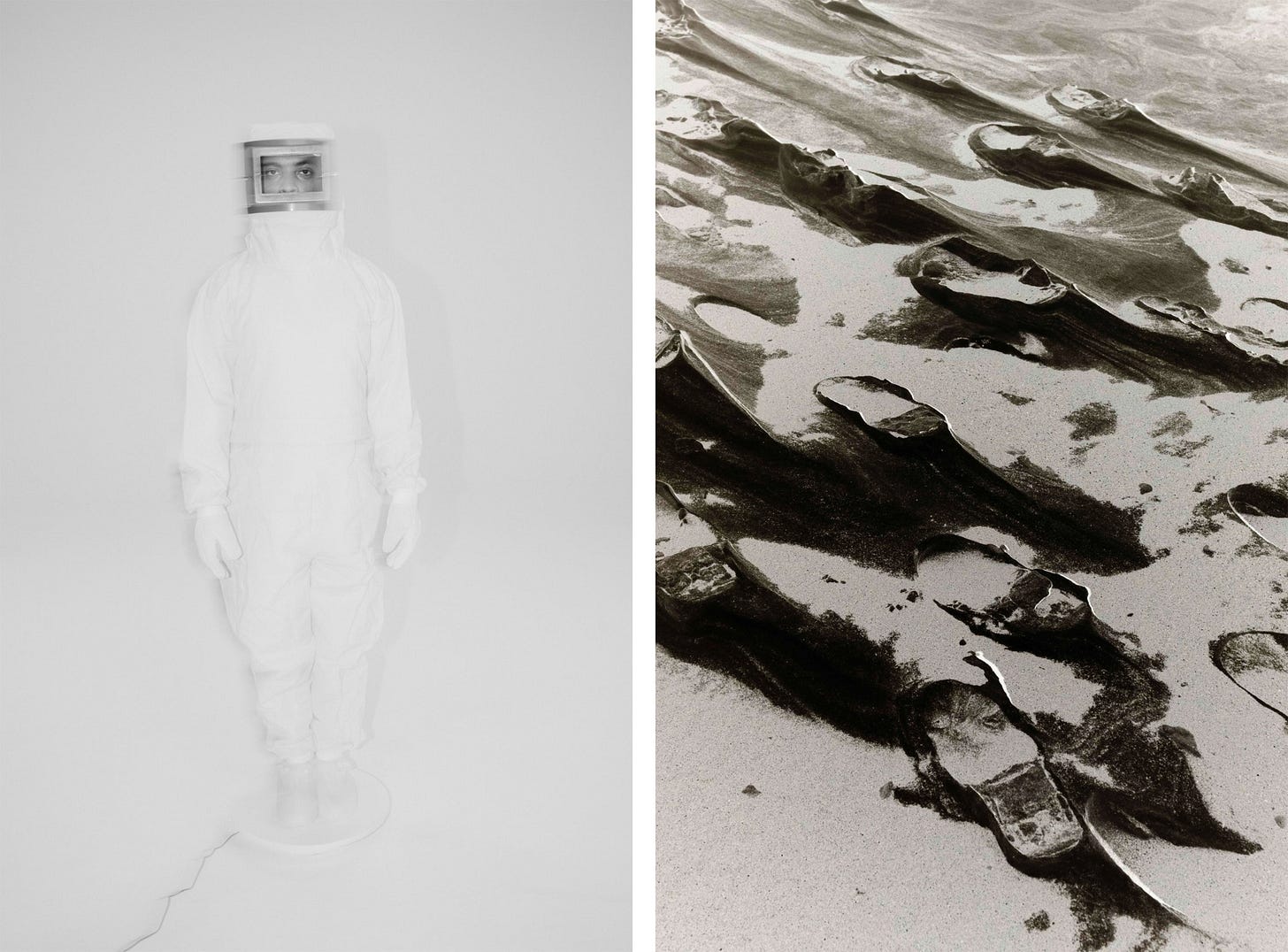What Makes a Photo Story? A Free Talk with the VII Foundation
Plus, highlights from the 2025 National Geographic Storytellers Summit.
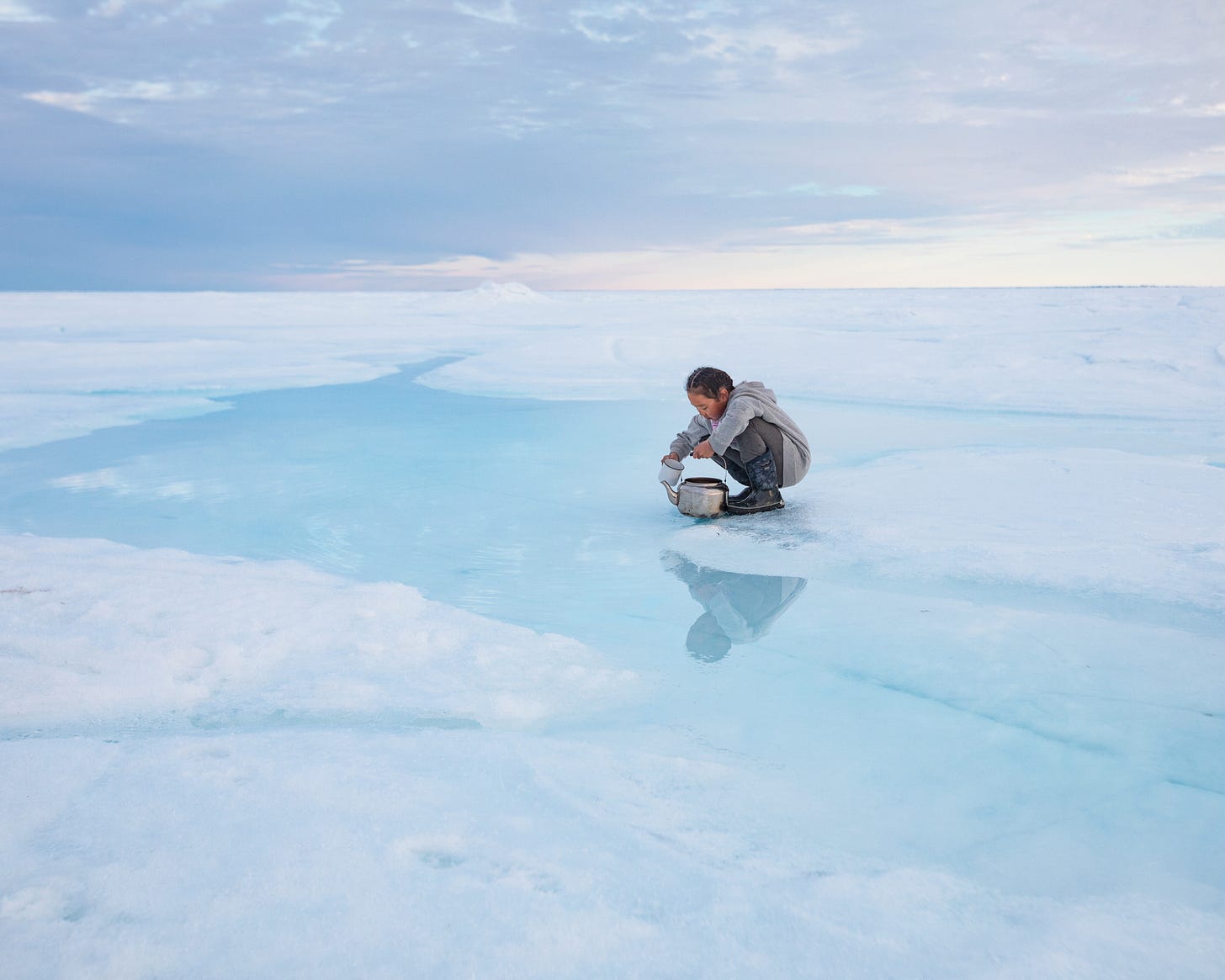
You’re reading Depth of Field, a newsletter about making a life in photography and beyond.
I now write to you after a whirlwind week at the National Geographic Storytellers Summit in Washington, DC. I am simultaneously basking in the glow and energetically recovering, processing thousands of impressions from a week spent among the world’s best storytellers.
Before I tell you about it, I have some exciting news. On February 27th, I will be presenting a free class on visual storytelling techniques, hosted by the VII Foundation.
Inspired by my post about how learning to tell a story transformed my photo career, this virtual talk will dive deeper into what makes a compelling photo story that can resonate with a broad audience.
We’ll explore how to refine an idea, transform it into a tangible plan, and bring the story to life through light, color, perspective, and thoughtful sequencing. I’ll also walk you through my decision-making process from a real-life National Geographic assignment, from start to finish.
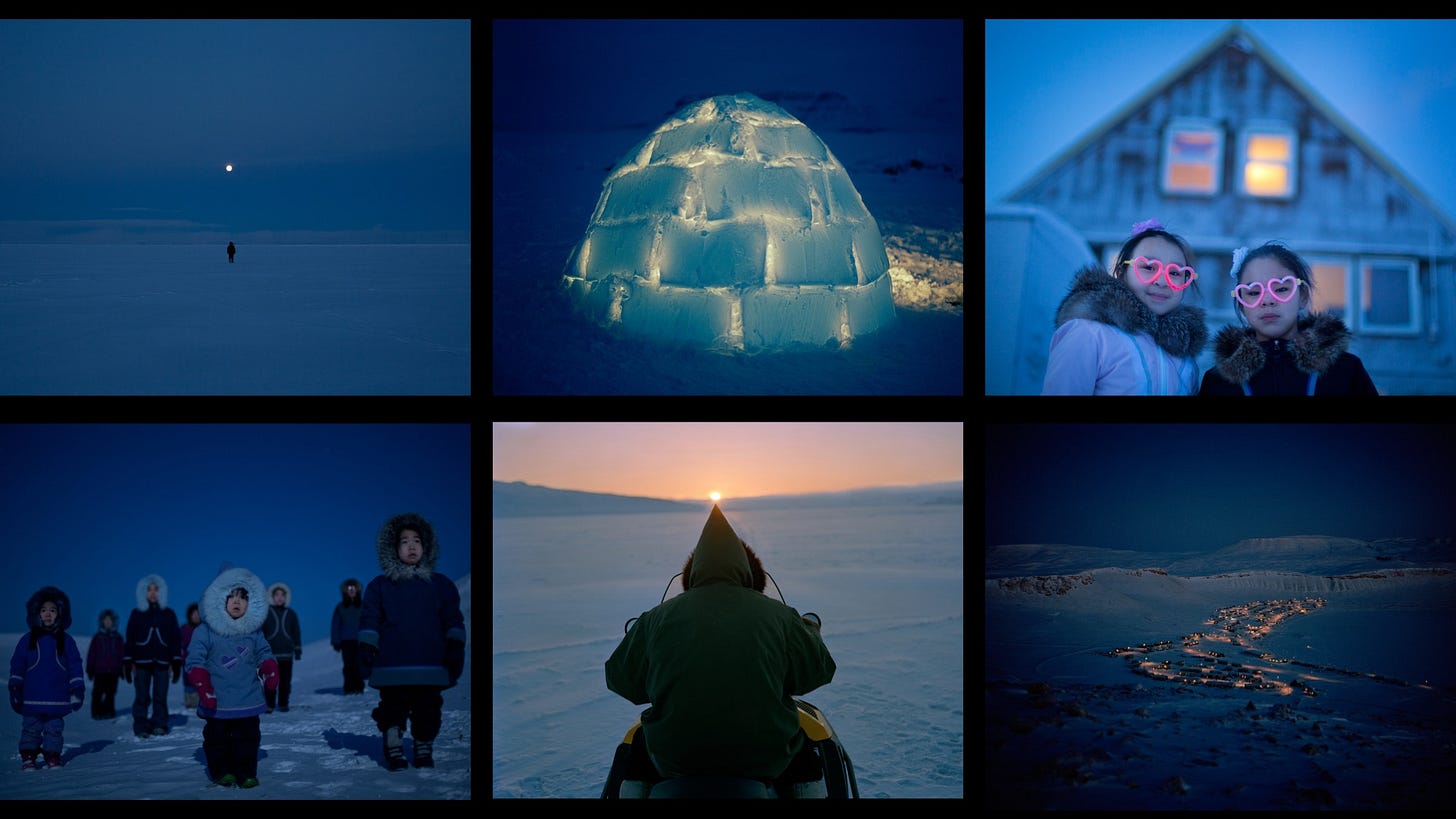
The talk is free and will be available for replay later. For those who join in person, we’ll have a live Q&A session at the end. Here is the link to register.
And now for a glimpse of a whirlwind week in Washington, DC.
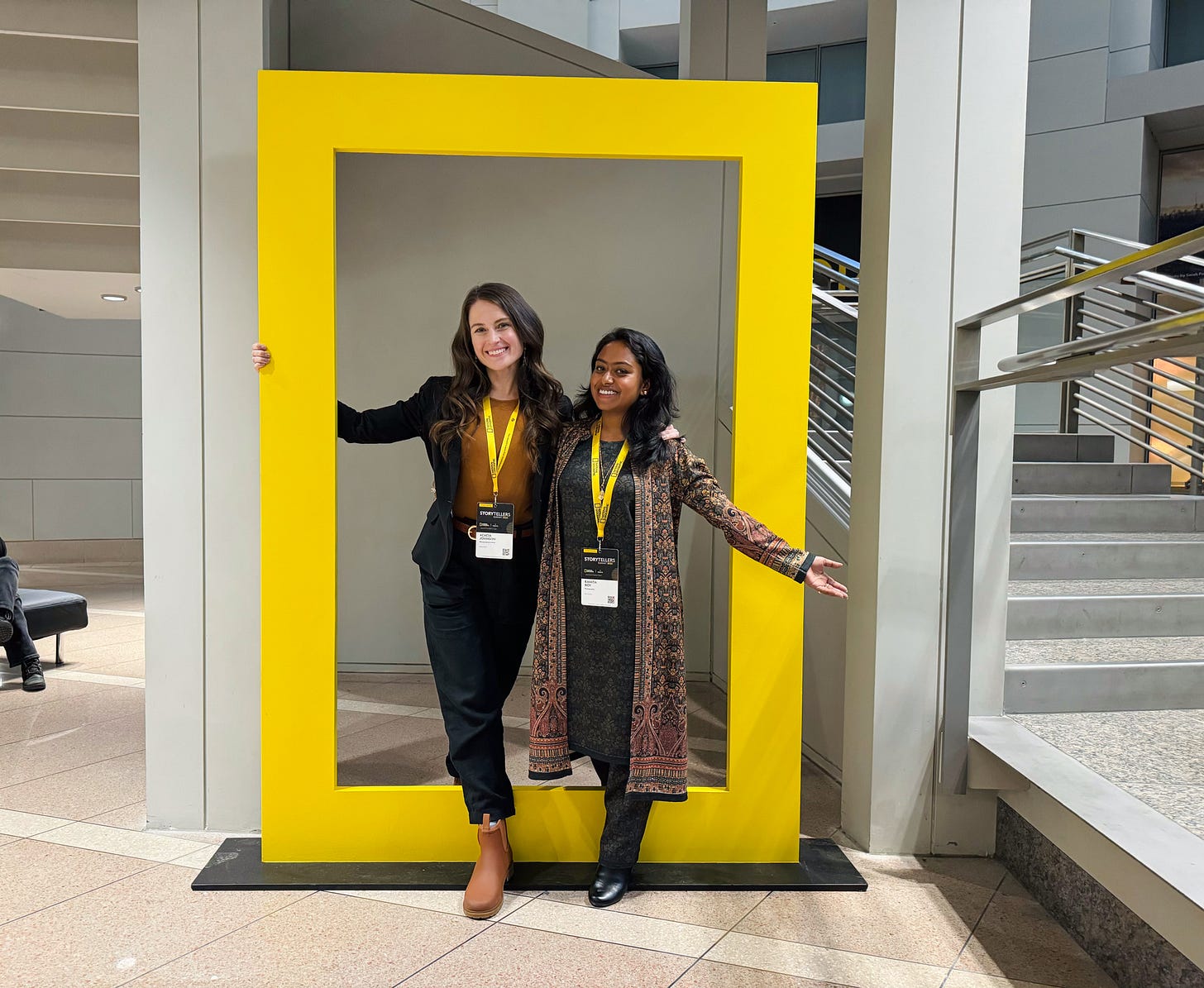
I have been attending the National Geographic Storytellers Summit since 2019—a first, starstruck blur of networking, training, and presentations with photographers I had only ever dreamed of meeting. Since then, it has grown into one of my favorite social events of the year, often my only annual opportunity to connect with other photographers and editors in person.
This year, I learned about mapping, field safety, and alternative income streams. I also met many new people I admire for the first time—from David Walter Banks, whose magical project about a blackwater swamp I am utterly obsessed with; to renowned ocean conservation photographer Tom Peschak; to Dina Litovsky, author of one of my favorite photography newsletters, In The Flash.
This year’s summit also cracked open my thinking about storytelling beyond the limits of traditional photojournalism, into the realms of art and film, data visualization, and more. Although I work primarily in still photography, I firmly believe that one of the best ways to learn and grow as a photographer is to look at other people’s work—across a variety of media.
While there’s certainly a lot I could share with you from this jam-packed week, here are three projects that expanded my thinking about visual storytelling.
Sarah Pabst’s beautiful multimedia piece about forest dieback in Germany, In the Faded Forest Sounds the Call of a Bird. In this dreamlike journey through Sarah’s photographs, the landscape shifts and changes; animals appear and disappear, and music and voices interweave her personal story with an ecological one.
One of the ever-present challenges of environmental photography is creating emotional connections between the audience and an ecosystem they may never encounter in real life. Sarah’s poetic approach to this was unlike anything I had seen before.
Sarah was kind enough to send me this vertical preview clip to share with you. I recommend watching it full-screen (and if you ever get the chance, to see the project in its entirety)!
Mackenzie Calle’s fantastically visual project Who’s Got The Right Stuff? imagines an alternative history for NASA, which would allow LGBTQ+ astronauts to fly in space. Out of the ~340 trained astronauts throughout US history, only three have been openly queer; astronauts in NASA’s Mercury, Gemini, and Apollo programs were required to take “heterosexuality tests”.
When I consider how a photographer might take on this topic through a traditional journalistic approach, it’s easy to imagine its full potential being quickly stifled by issues of access and politics. Instead, Mackenzie combines historical imagery and documents with constructed photographs of her imagined Gay Space Agency, creating a vision of a world not limited by homophobia.
Mackenzie quoted astronaut Sally Ride, whose identity as a gay woman was only revealed after her death: “You can’t be what you can’t see.”
Finally, conservation photographer Thomas Peschak won two major awards last week for his ambitious project on the Amazon River, for which he spent a staggering 396 days in the field (funded nearly entirely by grants, in case you were wondering). Combining photography, filmmaking, and multimedia, Tom partnered with 16 scientists on a 2-year journey traveling the length of the Amazon, from its headwaters in the Andes to the Atlantic Ocean.
Talk about thinking big. The project filled the October 2024 issue of National Geographic magazine and also exists as an immersive multimedia journey that communicates the sheer scope of the expedition. This one makes me ask: how can a massive journey, or a complex topic, be made into something people can digest and understand?
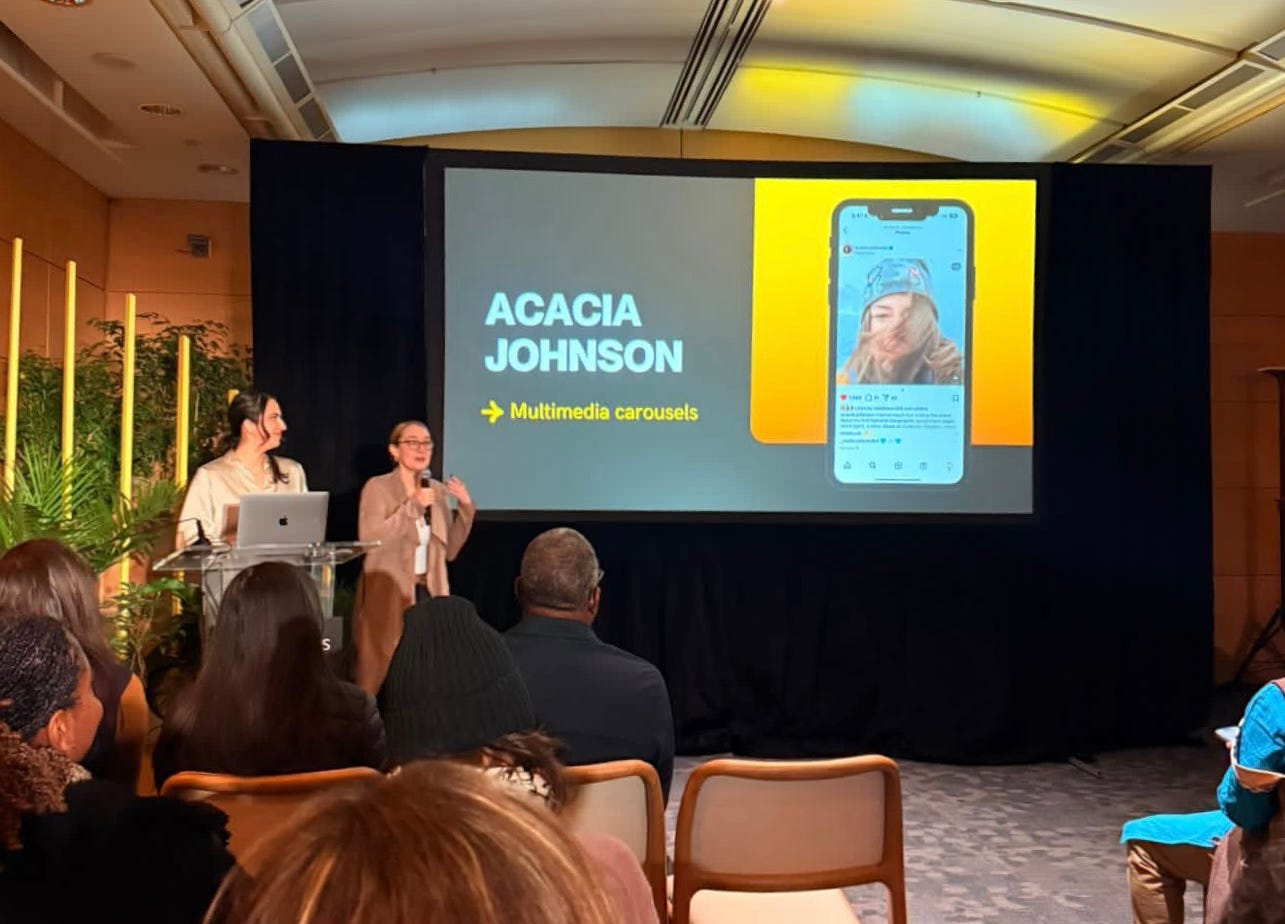
Thanks for reading, friends. In the next issue, we’ll go behind the scenes of my last magazine feature about Alaskan brown bears. In the meantime, I’ll see you next week for our virtual presentation on storytelling techniques. ✦
A Photo Resource: Here are three funding opportunities for documentary photo projects with upcoming deadlines (yes, I shared these in my last paid post, but I want to mention them again for all to see):
The Alexia Grants, February 19th (yes, this is TOMORROW - the deadline was extended yesterday.)
Cortona on the Move / BarTur Grant, April 17th
National Geographic Society Grant, April 22nd (currently funding Freshwater Storytelling projects. NGS grant applications are demanding, so if you want to apply, I would start now).
Also! Photographer Sofía Jaramillo is teaching an online workshop next week on how to pitch projects and secure clients, through the highly-regarded Santa Fe Workshops. If you’re unfamiliar with pitching, this one looks well worth it.
Keep reading with a 7-day free trial
Subscribe to Depth of Field with Acacia Johnson to keep reading this post and get 7 days of free access to the full post archives.




